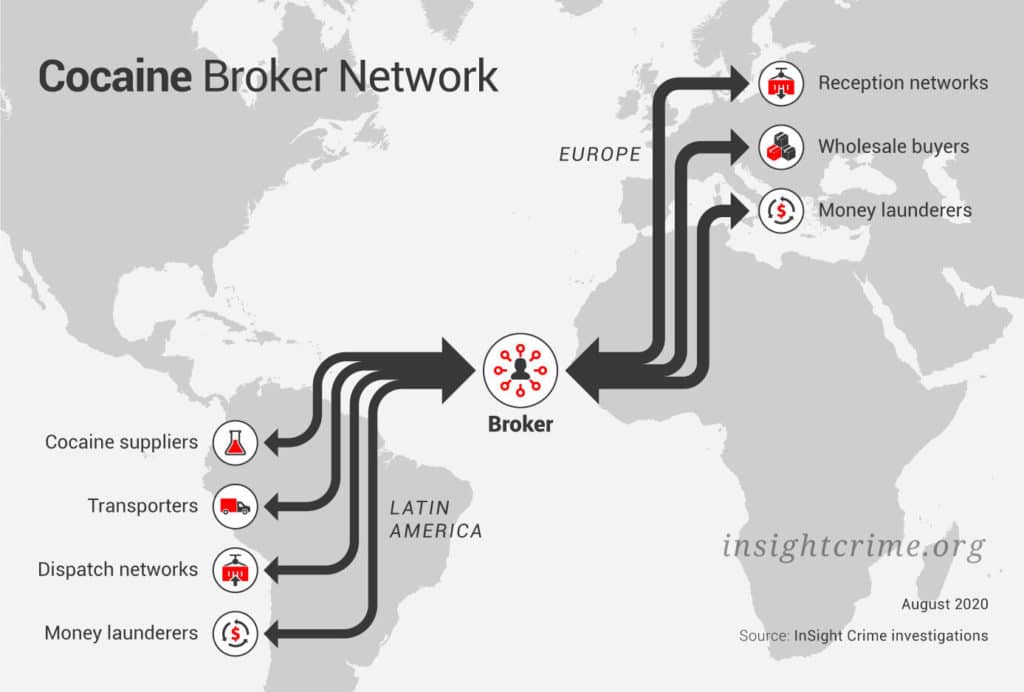12.06.2021
The Carbon Cost of Your Cocaine
Whether they smoked a joint on the couch or snorted a line in a club, some 379 million people around the world took drugs in 2020, according to the United Nations. Cocaine production is at record levels, opium has been on an upward trend for the past decade, the market for synthetic drugs is growing in the world and many countries are legalizing cocaine. The misguided strategy of eradicating coca crops, used in the production of cocaine, by spraying them with pesticides or burning them leaves an environmental legacy from which it takes years for agricultural land to heal. These chemicals also pollute local water supplies, and damage a range of animal species that may never recover. As demand for cocaine continues to rise in western countries, forests continue to be cleared to make way for coca cultivation. More than 400,000 hectares of forest have been cleared in the last two decades in South America alone. The process of turning the raw coca into cocaine relies on the use of toxic chemicals such as hydrochloric acid, acetone and ammonia – all of which pollute the soil and can end up in nearby rivers, harming humans and animals alike. Credit: Brut.
Poverty deprives people of adequate education, health care and of life's most basic necessities- safe living conditions (including clean air and clean drinking water) and an adequate food supply. The developed (industrialized) countries today account for roughly 20 percent of the world's population but control about 80 percent of the world's wealth.
Poverty and pollution seem to operate in a vicious cycle that, so far, has been hard to break. Even in the developed nations, the gap between the rich and the poor is evident in their respective social and environmental conditions.
Poverty and pollution seem to operate in a vicious cycle that, so far, has been hard to break. Even in the developed nations, the gap between the rich and the poor is evident in their respective social and environmental conditions.




















